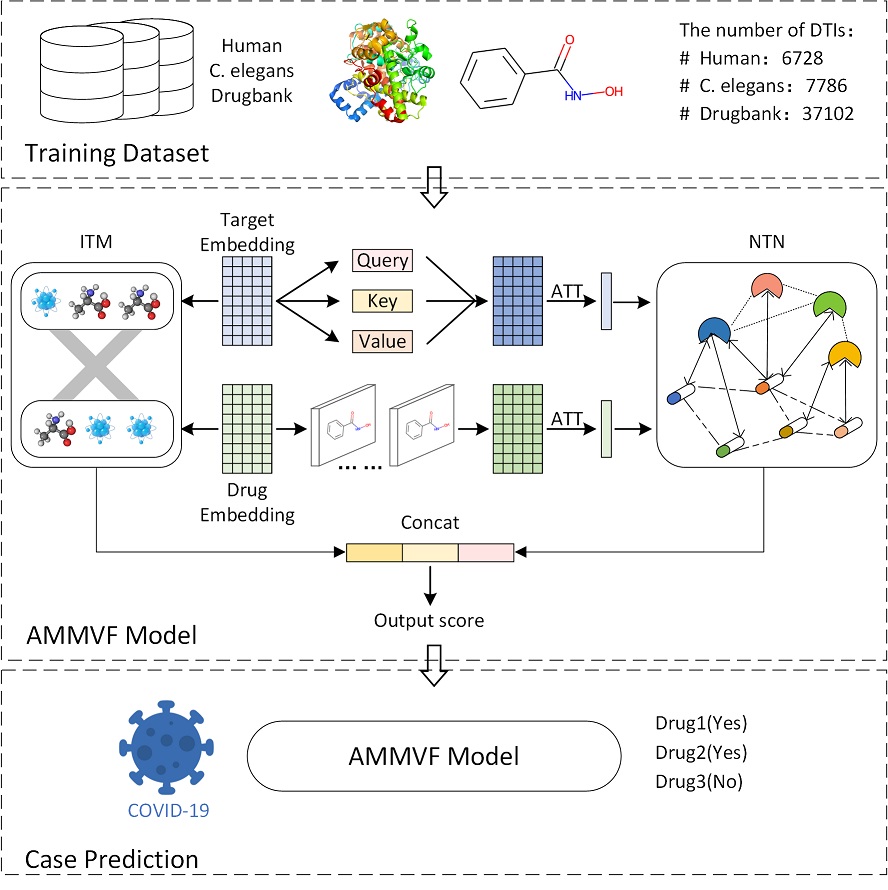Research Interest
The ultimate goal of my research is to elucidate the molecular mechanisms of biological processes, and identify new strategies for pharmaceutical applications including drug delivery and drug discovery. Several basic ongoing topics are outlined as follows:
(1) Developing and advancing theories in diffusion and adsorption in nanopores
Carbon Nanotubes (CNTs), which feature hollow interior and smooth surface, can be considered as a fundamental nanoscale model for industrial and biological proccesses. There usually lack experimental data on diffusion and adsorption of fluids in defect-free CNTs. However, mathametical and computational models can be utilized to predict the thermodynamic and transport properties of fluids inside pristine and modified CNTs. This part of work can be extended to other nanoporous materials and enhance our understandings of fluid transport in confined spaces.

(2) Carbon capture with conventional physical and chemical solvents
Understanding CO2 absorption and diffusion in physical solvents (e.g. propylene carbonate) and chemical solvents (e.g. monoethanolamine) is essential to develop the next generation of solvents that are affordable and recyclable. Computer simulation often serves as a tool to predict physical properties of CO2 in the solvents, providing insights into industrial applications. However, with existing force fields, mixing rules, and simulation approaches, the accuracy of the simulation results still needs significant improvement. Conventional methods combined with machine-learning approaches are expected to address this issue.

(3) Transmembrane drug delivery with carbon-based materials
While conventional drug delivery materials such as liposomes and hydrogels have played a role, novel drug delivery materials such as carbon nanotubes and graphenes require extensive theorical and experimental research. Molecular dynamics simulation can help understand the basic mechanism of transmembrane drug delivery at nanoscale. It is quite challenging to accurately model transmembrane drug delivery due to the structure complexity of cell membranes. Multiscale approaches are therefore badly needed, such as coarse-grain modelling, metadynamics, and QM/MM methods.

(4) Drug-target interaction prediction with deep learning and molecular dynamics
Even though experiments are the only key to examine the efficacy of drugs, traditional wet-lab approach usually needs the help of in silico screening of compounds owing to its high cost in time and money. Deep learning is a data-driven approach whereas molecular dynamics is a physics-based approach. A combinition of the two approaches can complement each other, consolidating many theoretical predictions, especially when applied to drug discovery. This part of work aims to contribute to the repurposing of existing drugs for new use.

